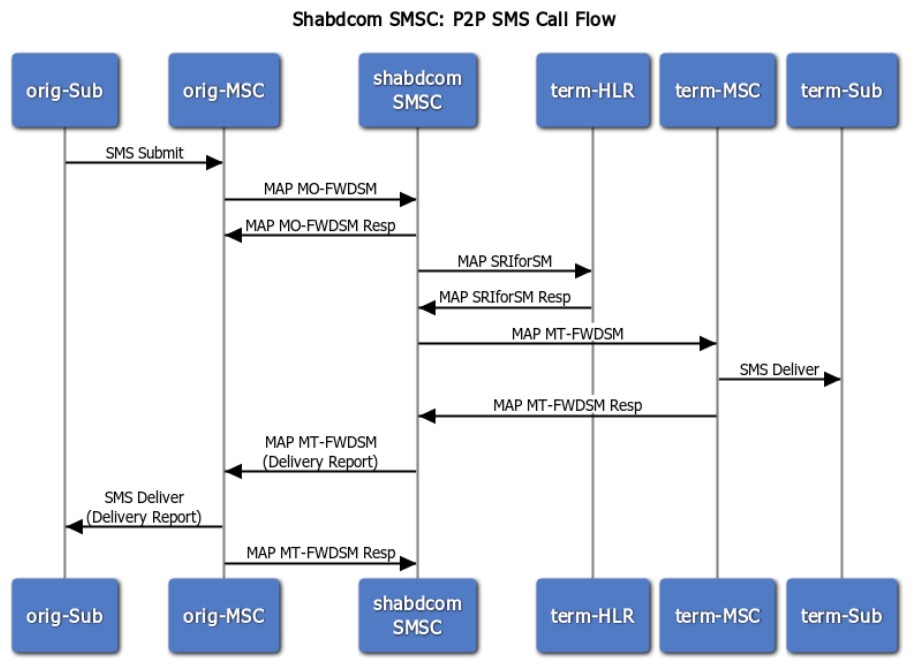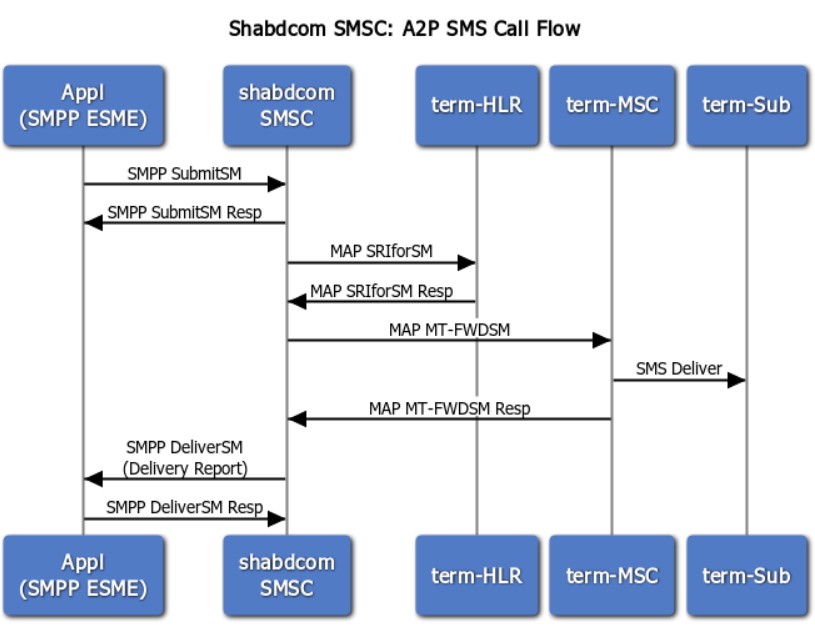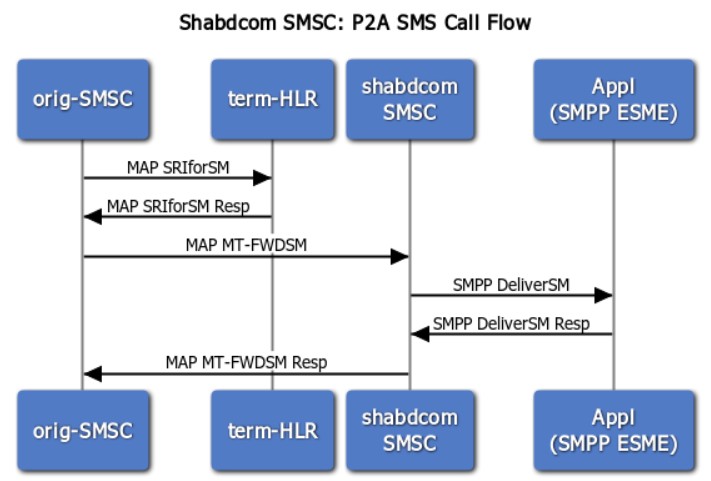An SMS Center (Short Message Service Center), or SMSC, is a crucial component in mobile networks responsible for the delivery, storage, and forwarding of text messages (SMS). When a user sends a text message, it is first transmitted to the SMSC, which then routes it to the recipient’s mobile device. If the recipient is unavailable or their phone is turned off, the SMSC stores the message and attempts delivery later. SMSCs also handle message status reports and ensure reliability and security during transmission. They play a key role in enabling seamless and efficient communication across mobile networks worldwide.
Even though communication has evolved rapidly and there are several messaging applications available that provide better features than SMS, still SMS is a key service included in the 5G mobile networks. SMS is tightly bound to a SIM Card and thus provides a certain level of confidence to the SMS sender that the text will reach the intended recipient who is owner of that Mobile number (or SIM Card). Most of the financial institutions still trust SMS for sending OTP’s and transaction notifications.
When a subscriber sends an SMS, it gets deposited in the originating mobile networks SMSC. Then, based on the policies configured in the SMSC, it may either process SMS for further delivery or drop it. Based on the outcome of the SMS delivery, a delivery report is sent back to the mobile subscriber who originated the SMS. For incoming (or Mobile Terminated) SMS for the subscribers of a mobile network (or MVNO), the SMSC can receive SMS on behalf of its subscribers and then attempt delivery to the intended recipient of the SMS.
The SMSC would also generate CDRs for each SMS. A SMSC may also have a subscriber database containing details of the allowed and blacklisted subscribers. This database can have SMS subscription information also to support decision making in the SMSC.
The SMS scenarios can be largely divided into three scenarios:
1. Person to Person SMS (P2P SMS)
2. Person to Application SMS (P2A SMS)
3. Application to Person SMS (A2P SMS)
At present, the majority of the SMS traffic in the mobile networks constitute of A2P SMS. To support A2P SMS case, SMSC needs to support interfaces like HTTP and SMPP. These are in addition to the necessary SS7 signaling over SIGTRAN for connection to the mobile networks. SMSC may support SIGTRAN transport like M2PA or M3UA or both. The SS7 application layer MAP is required to deliver the SMS messages across the SS7 signaling networks.
Further, to enable the A2P and P2A SMS cases, mobile operators (or MVNO) need to have the capability to provision user friendly dashboards for the application owners. This will help them in setting up the list of intended recipients or mobile numbers, campaign messages and manage their billing and message quotas.
Following figure shows the case of P2P SMS Call Flow. Here it is assumed that “Shabdcom SMSC” is deployed in the originating mobile network and therefore, the message shall get deposited in it before the procedure of delivery to the recipient mobile subscriber begins. In case of virtual subscribers, the term-MSC can actually be an SMSC.

Following figure shows the A2P SMS case. This call flow is the most common among all the SMS call flows. It is estimated that A2P SMS constitutes over 90% of the SMS traffic. Advertisement traffic, OTP traffic, financial transaction traffic, are all classified under this category.

P2A traffic is the traffic initiated by a mobile subscriber directed towards a certain service that is accessible through SMS. For example, viewing bank balance, placing request for blocking/unblocking of Credit Card etc. Generally, this is a small part of the overall SMS traffic in the mobile network.

Contact our Sales Team to know more about our high performance, reliable and scalable SMSC with multiple licensing options.
